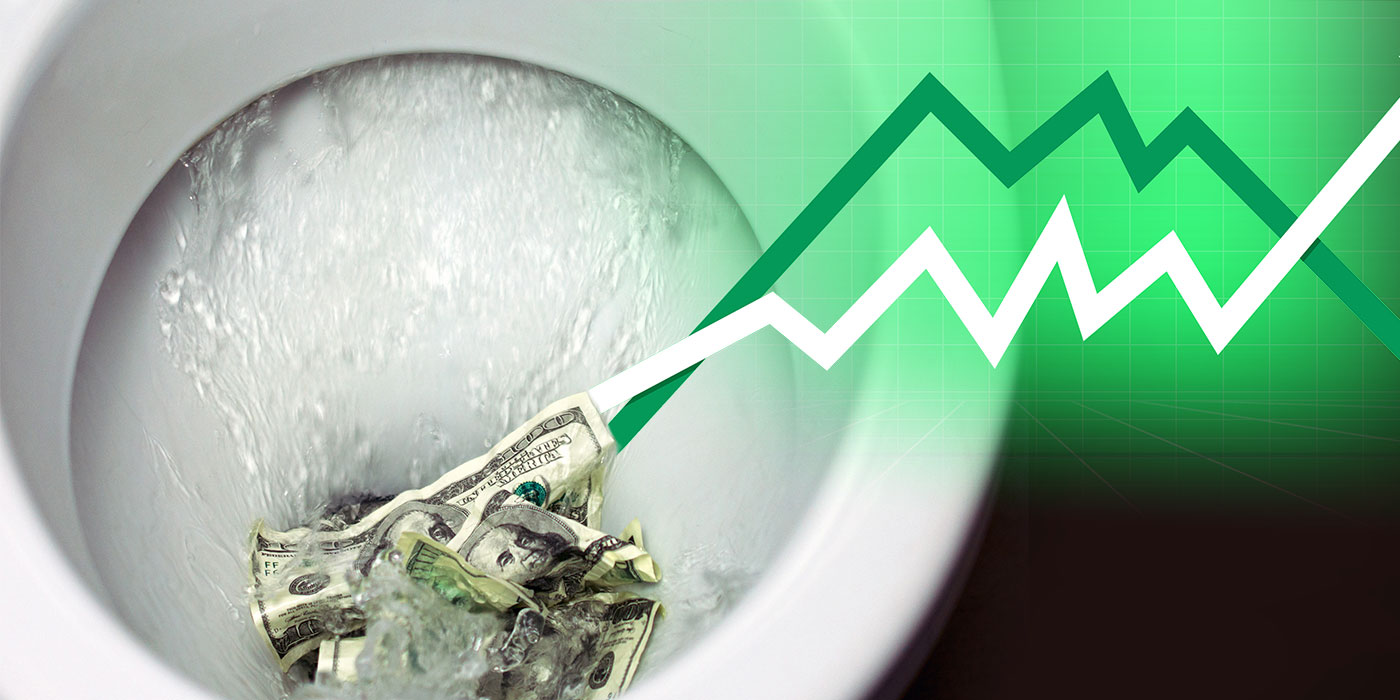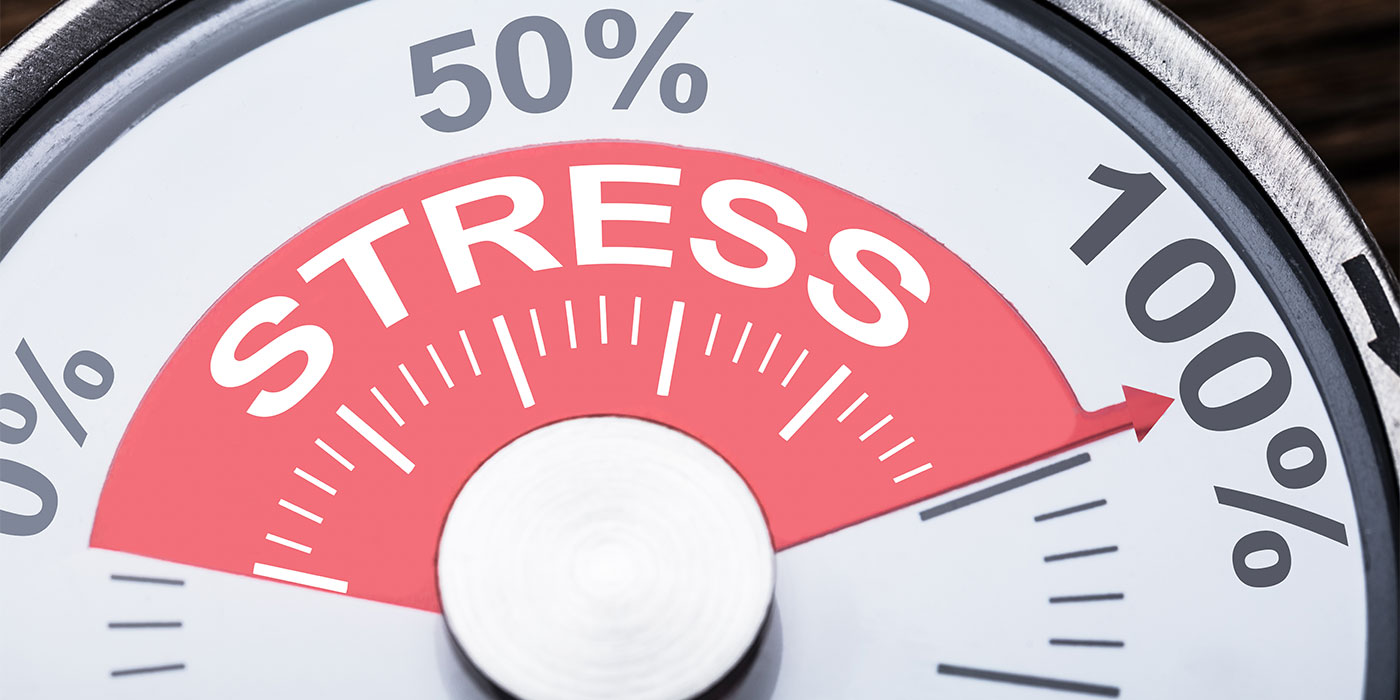We are upon epic times in the world of consolidation in the collision industry. Since my last article in the June 2021 issue of BodyShop Business, consolidation went from cruising down a country road to the Daytona 500. Who’s going to win the race?
What’s Driving It?
We all know consolidation has been happening for years, but the difference now is the alarming rate at which it’s happening. On the shop side of things, the reasons to sell and “get out of jail,” as many shop owners like to say, are plentiful.
I hate to bring politics into this, but unfortunately I must. Politics in three short words: “Biden tax reform.” No one really knows if and when Biden’s tax reform will take effect. We’ve heard lots of speculation on what to expect, but we’re still in the dark on what the tax reform will actually truly mean.
Part of the sale process is determining allocations. What are allocations? Simply put, allocations are how the sales dollars of the deal are being taxed. Think of it as buckets: Bucket A is ordinary income tax, and bucket B is capital gains tax rates. A big part of the sale process is negotiating the best possible tax allocations. In the present day, ordinary income rates are significantly higher than capital gains. Common sense would tell us that realizing the lowest tax burden is best when sellers are able to apply most of the allocations to capital gains.
Some speculation has indicated that the capital gains rates will increase 5% to 10% with an additional 3% high earners tax. It is not clear where high earners would be applied, but I’m confident that if passed, a lot of deals would realize that additional tax.
For a $3 million deal, 5% to 10% means $150,000 to $300,000 less money in the shop owner’s pocket once the deal is done. If the additional 3% is applied, that is an additional $90,000 gone. That means a deal like this could potentially could see additional taxing of $390,000 should Biden’s tax reform pass. Yikes, right?
Further, there is a proposal to increase ordinary income tax rates up to 47% for the highest earners. The variables are so wild on this that it is hard to project what this could look like.
This is a very complex issue, and I’ve tried to simplify it for ease of understanding. So, it is imperative to consult with a CPA, accountant and/or tax planning professional to ensure the best and safest outcome.
At the time I wrote this article (October 2021), a quick search of the internet showed that the latest updates for “Biden tax reform” were written four weeks ago. Given the many pressing issues and distractions plaguing this country right now, such as COVID chaos, inflation, affordable housing, border security, vaccination rights, etc., I do not foresee the changes getting across the curb. Historically, tax reform happens during calm waters and more peaceful times in our country. In my lifetime, I’ve never felt the country has been more divided, unsettled and chaotic; thus, I don’t believe the timing is right for any tax reform.
Fearmongering about the tax reform among shop owners has them running scared like rats jumping off the ship. But the reform has lost all of its traction, and I do not think the current proposed reform is a reality of our future.
Other Reasons
What are some other reasons independent shops are selling?
It seems as if we have yet another and very different pandemic on our hands in our independent collision repair shops: a business pandemic. It seems as if no one, no region and no shop is immune to it either:
Short staff. I see shops offering all sorts of outside-the-box, creative incentives to “woo” new hires, and yet all shops still struggle to keep a full staff.
Labor rate suppression. There is not a market that I’ve visited where I said to myself, “WOW, these labor rates are fair.” This problem is in virtually every market in the U.S. Suppressed labor rates create a snowball effect on all shops, including consolidators, hampering their ability to compensate properly, maintain a happy and positive culture, and deliver a high-quality product.
COVID financial stress. Many shops, especially ones in the North, Northeast and California, have realized reduced sales due to executive orders related to COVID capacities and shutdowns. Many shops have realized reduced sales as much as 50% in 2020, and that has carried into 2021. Some shops in the states with aggressive policymakers are still struggling.
Insurance relations. There is not a body shop in the U.S. that does not struggle to get repair plans approved. These delays cost shops money through reduced efficiency and sales. This issue is by design, to “strong-arm” shops.
All-time low profitability or flat-out losing each month. Many things are driving this, including suppressed labor rates and efficiency, and these are causing a ripple effect.
Shop owner stress and frustration. This is at an all-time high.
Shop owners at natural age of attrition. Approximately 75% of shop owners are at a natural age for retirement and are realizing it’s time to get out and reap the rewards of their lifetimes of hard work and sacrifice.
Shop owners feel like being an owner has become a prison sentence — for a crime they did not commit.
A Buying Frenzy
Over the past 12 months, it seems like I’ve been hearing about a new investment firm wanting to buy collision centers once a week. Mind you, these buyers are not created the same. Some are taking a very aggressive approach to buy 200 shops a year, while others want to buy 10 a year. Some have large sums of cash available to them through private equity investors. These new buyers, added to the existing buyers we all know (Gerber, Caliber, Classic, Crash Champions, CARSTAR, Joe Hudson), have created a tornado of activity. The lofty goals of the bigger players mixed with the new players have made the wind speeds very high.
Who’s Going to Win?
Who really knows who’s going to win, right? I think of Home Depot and Lowe’s — we essentially got down to two home improvement stores. Also, think of Target and Walmart, Sam’s and Costco. Granted, there are some small-scale examples of these too, but I think we’ll end up with two large brands in the collision world. Who those are remains to be seen, but if you look at real estate cap rates as any indicator, Gerber and Caliber have had and continue to have the best cap rates on their properties.
Strategy is going to be a big player in the winner of this race. It has become a key component and is the name of the consolidation game:
Negotiating strategies with sellers. With a lot of outside-the-box and tried-and-true strategies, the playbook is constantly changing.
Post letter-of-intent strategies. A lot of wild rides I’ve watched play out, including renegotiating deals and/or backing out and re-engaging.
Announcement strategies. From extremely vocal public announcements to a complete lack of announcement to keeping their acquisitions quiet and in stealth mode.
We see all the announcements of who bought what. It’s interesting to see where some of these acquisitions have taken place geographically and how many locations they’ve grown to. Watching the various players’ moves is much like watching a football game – I’m on the edge of my seat waiting to see what happens next. The strategies and the plays being made I feel would make for the next great Netflix special.
Q1 2022
From my perspective, consolidation is not slowing down. We in the M&A (mergers and acquisitions) world thought we would get a long overdue break in Q1 2022, but I believe that is not a reality, especially if Biden’s tax reform does not get passed. I also believe we’ll become familiar with a lot of new names in 2022.
The grass could not get any greener for sellers. If you’re thinking of selling, the time to act is now.














